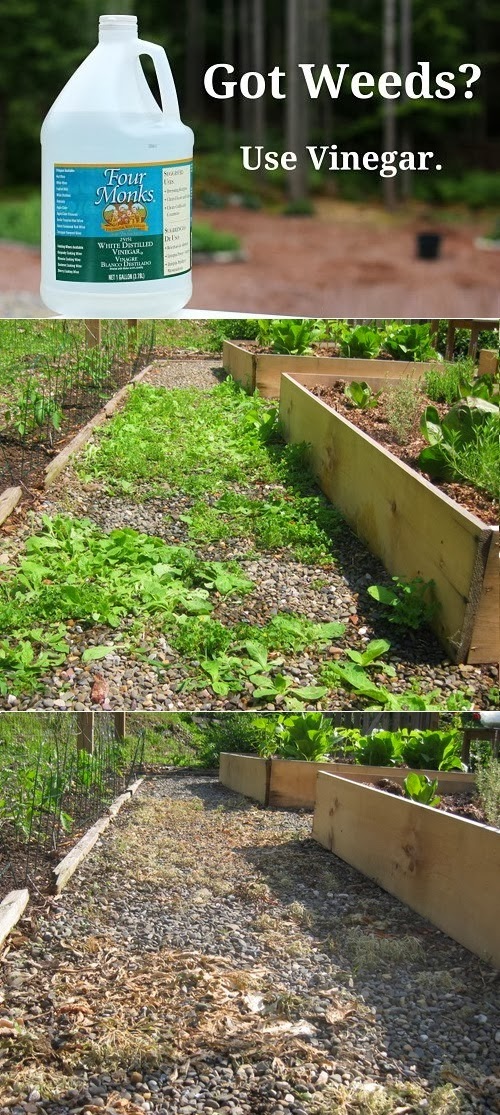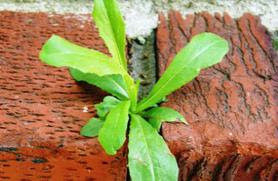5 Secrets For A High-Yield Vegetable Garden, Even When You're Tight On Space
Imagine harvesting nearly half a ton of tasty, beautiful, organically grown vegetables from a 15-by-20-foot plot, 100 pounds of tomatoes from just 100 square feet (a 4-by-25-foot bed), or 20 pounds of carrots from just 24 square feet. Yields like these are easier to achieve than you may think. The secret to super-productive gardening is taking the time now to plan strategies that will work for your garden.
1. Round Out Your Beds
The shape of your beds can make a difference, too. Raised beds are more space-efficient if the tops are gently rounded to form an arc. A rounded bed that is 5 feet wide across its base, for instance, will give you a 6-foot-wide arc above it—creating a planting surface that’s a foot wider than that of a flat bed. That foot might not seem like much, but multiply it by the length of your bed and you’ll see that it can make a big difference in total planting area.
In a 20-foot-long bed, for example, rounding the top increases your total planting area from 100 to 120 square feet. That’s a 20 percent gain in planting space in a bed that takes up the same amount of ground space. Lettuce, spinach, and other greens are perfect crops for planting on the edges of a rounded bed.
1. Round Out Your Beds
The shape of your beds can make a difference, too. Raised beds are more space-efficient if the tops are gently rounded to form an arc. A rounded bed that is 5 feet wide across its base, for instance, will give you a 6-foot-wide arc above it—creating a planting surface that’s a foot wider than that of a flat bed. That foot might not seem like much, but multiply it by the length of your bed and you’ll see that it can make a big difference in total planting area.
In a 20-foot-long bed, for example, rounding the top increases your total planting area from 100 to 120 square feet. That’s a 20 percent gain in planting space in a bed that takes up the same amount of ground space. Lettuce, spinach, and other greens are perfect crops for planting on the edges of a rounded bed.
CLICK TO READ MORE.




Comments
Post a Comment